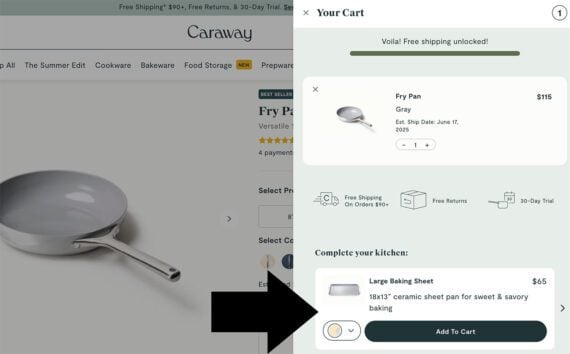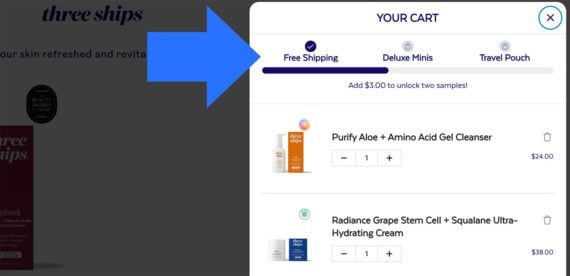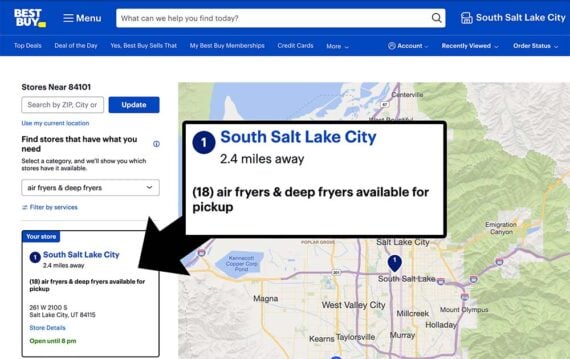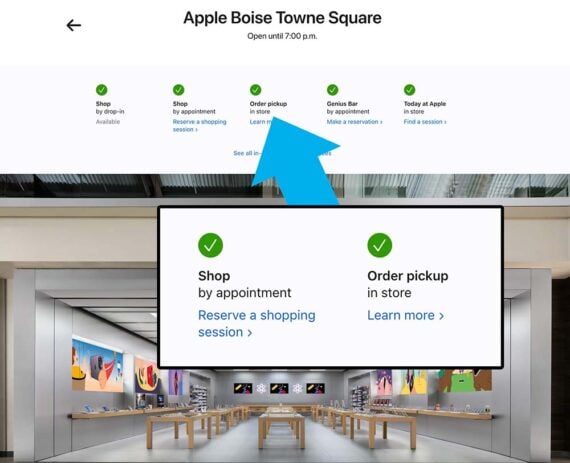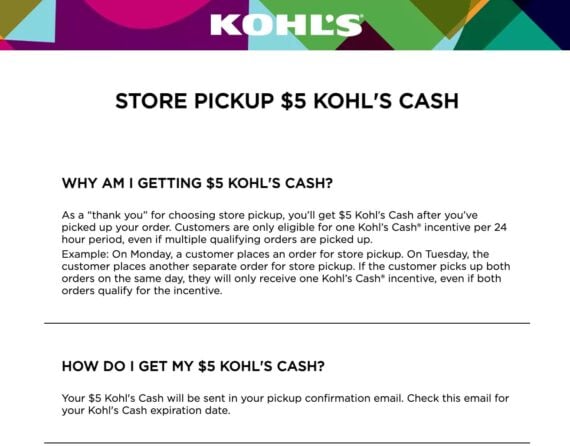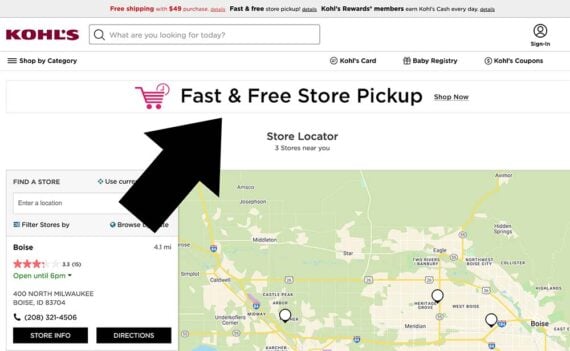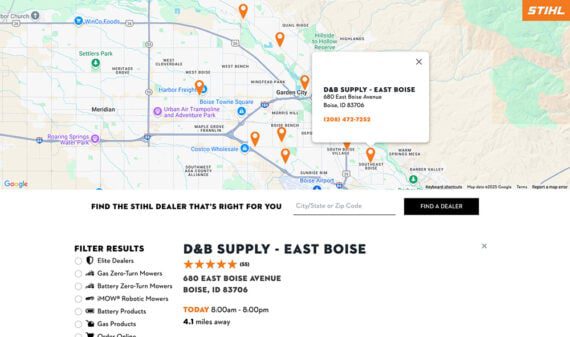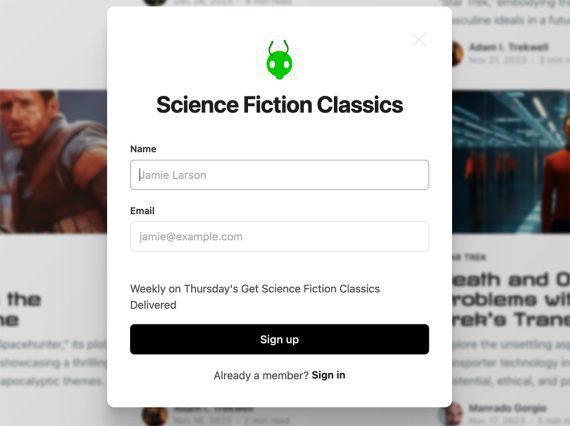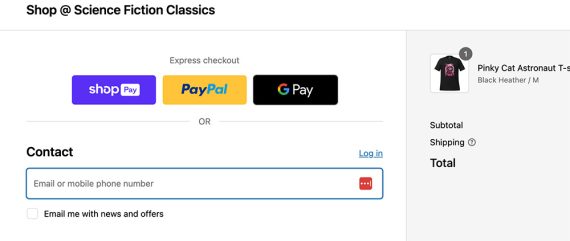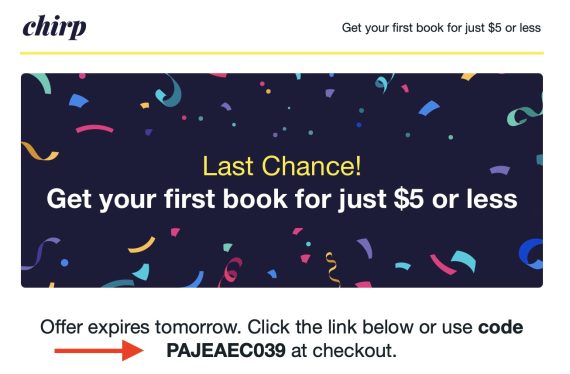Cross-sell Tactics of Top DTC Brands
Cross-selling helps merchants increase average order values while improving the shopping experience.
There are many ways to cross-sell on an ecommerce site. My just-completed analysis of 40 direct-to-consumer brands revealed several common techniques. None of the methods is new; many have existed in some form for decades, before ecommerce.
The most popular cross-selling features on top DTC sites are the very ones available in leading ecommerce platforms. Hence nearly any online shop can cross-sell and even outperform leading DTCs with a bit of creativity.
Product Bundles
Grouping related products in a bundle typically increases average order values — the purpose of cross-selling. Plus, shoppers benefit from lower per-item prices.
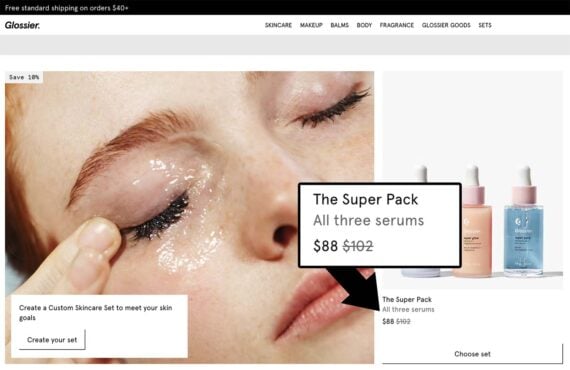
Glossier was one of several online stores featuring bundled sets and even allowed shoppers to create their own sets for a discount.
Product bundling:
- Highlights value via an overall discount.
- Simplifies merchandising and reduces decision fatigue for some shoppers.
- Offers a complete solution to a shopper’s problem or need.
Of the 40 DTC sites reviewed, bundling was the most commonly used form, deployed on Glossier (skincare), Brooklinen (bath and bedding), Judy (home emergency goods), Maude (apparel), and many more sites.
Glossier refers to bundles as “sets” and allows shoppers to build their own. Brooklinen’s bundles are value-driven with substantial discounts. On Judy, product bundles are “kits.” Maude calls them “matching sets.”
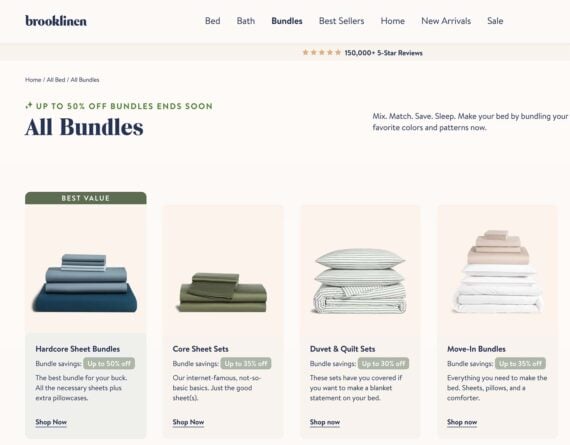


Discount-driven bundles, such as this example from Brooklinen, were the most popular tactic among the sites reviewed.
Shopping Cart Offers
Several DTC brands placed recommendations — “you might also like” — on product detail pages and, surprisingly, directly in the shopping cart or similar interface.
For example, a shopper who adds an item to the Allbirds (shoes) shopping cart sees a modal offering similar items. Allbirds also offers similar items in the checkout process, such as socks for running shoes.
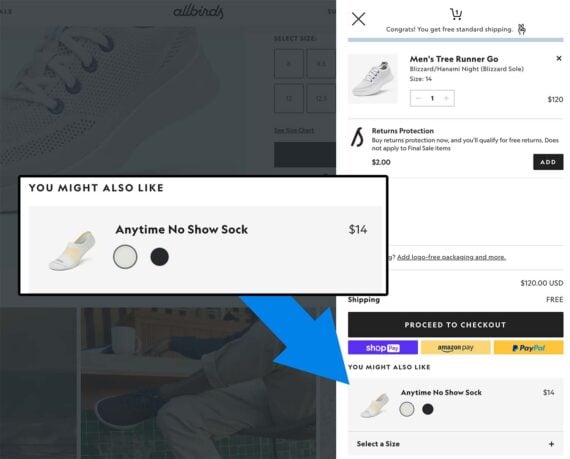


Allbirds product recommendations also appear at the bottom of the slide-out shopping cart.
Kitchenware brand Caraway includes a content slider with several related products at the bottom of its checkout.
Placing product recommendations in the checkout flow creates a low-friction cross-sell offer precisely when shoppers are in buying mode.
Threshold-based Incentives
The classic “spend X and get free shipping” tactic, or at least a variation, remains popular.
The DTC brands I reviewed mostly used threshold-based incentives for free shipping, but some offered a gift instead. The free item was meaningful and thematically aligned with the shop or products.
For example, Lovevery, which sells educational toys, offers free access to its app with the purchase of a play kit — essentially a revenue threshold.
DTC brands typically displayed the threshold-based incentives at the top of the page, a common feature of Shopify themes. Others also placed the incentive on product detail pages.
Yet Three Ships, a skincare brand, displayed its threshold-based incentives in the shopping cart. Shoppers receive free shipping at $49.99, free samples at $65, and a travel pouch at $85. (The incentives are cumulative: a purchase of $85 earns all three items.)
Ecommerce Platforms
While they vary in colors, fonts, and imagery, DTC sites employ similar cross-selling techniques — proven, tried-and-true methods refined over decades of retailing.
Another reason bundles, recommendations, and incentives are popular is that they are easy to launch. Leading ecommerce platforms include the features, or facilitate related plugins and external tools.
Opportunity
The takeaway for small and mid-sized businesses is two-fold.
First, emulating the cross-selling tactics of top DTC brands may be as simple as leveraging the ecommerce platform. Compelling cross-selling opportunities exist and are easily implemented.
Second, there is an opportunity for innovation. Not many sites are cross-selling beyond the platform or after the sale.
For example, ecommerce merchants could use SMS or the emerging Rich Communication Services to promote add-on products, “complete the set,” or upgrade to a subscription and save 10%.

